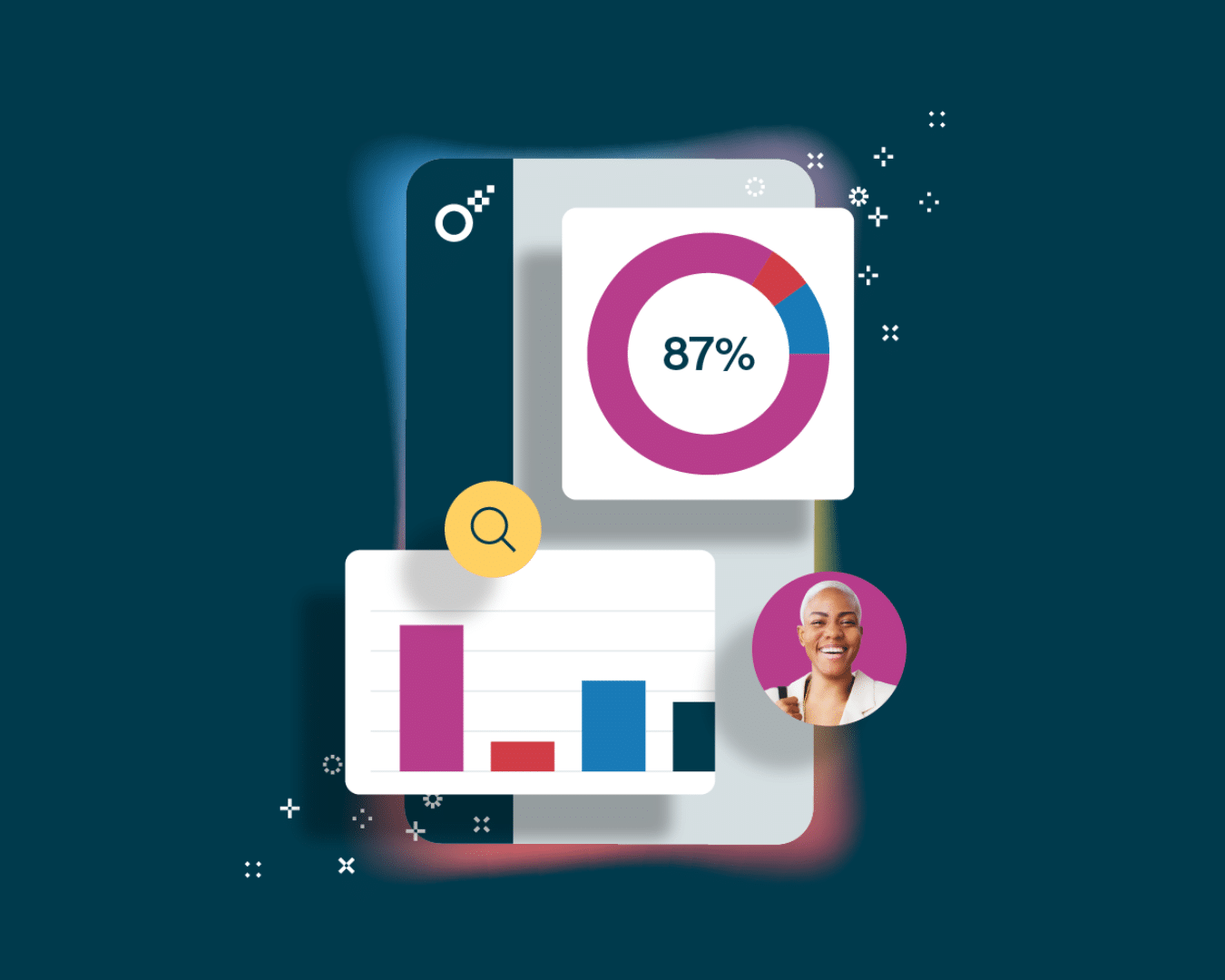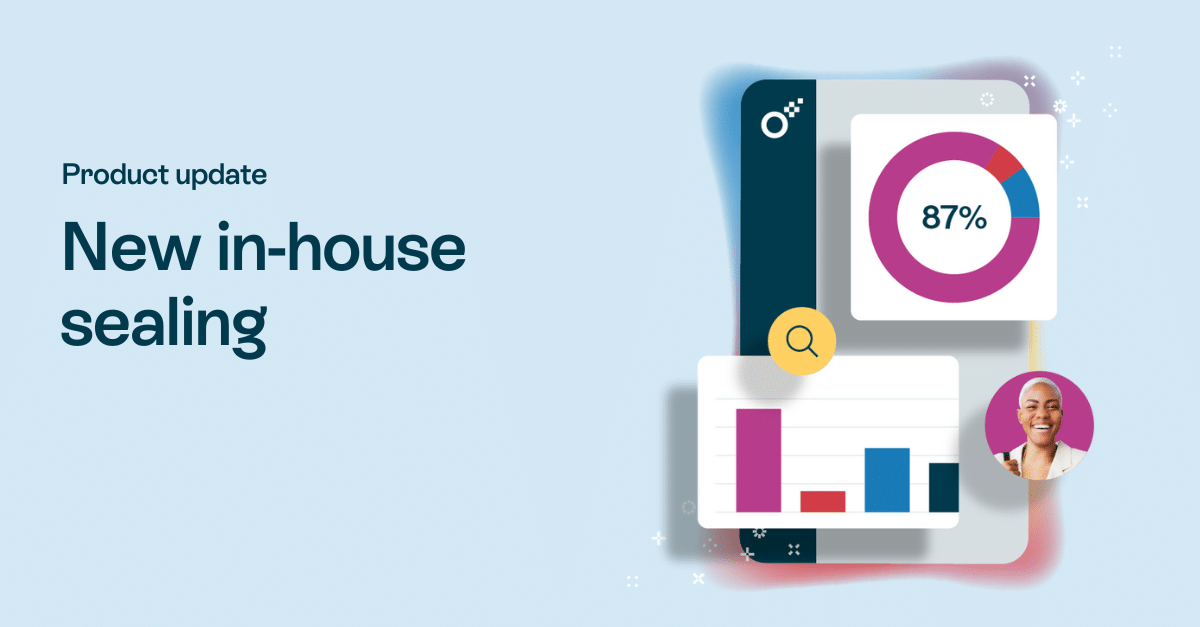Relying on instinct simply doesn’t cut it anymore. To be successful in an ever faster-moving world, sales teams need to base their decisions on data. But what is a data-driven sales approach and how can you attain it?
Editor’s Note 26/8/21: The world has undergone some changes since this article was published. Therefore the sales process has had to adapt to the new way of working. We’ve updated this article and expanded on our tips to implement a data-driven sales strategy in the post covid world.
Basically, a data-driven sales approach means that your sales team collects data through a process known as sales research methodology, and uses this as a base for their strategic decisions. It is a way for your sales team to use your data and make it work to your advantage to accelerate sales. The data can include information on which products sell best, which day and time they get the most pick-ups when they reach out to prospects, and even which sales material performs best. The fact is that companies that use data in their sales processes are up to 6% more profitable than their competitors. Partnering with a web design company to create visually appealing and user-friendly data presentation dashboards can further enhance your sales team’s ability to interpret and act on the insights derived from the data.
“It’s easy for leaders to say they embrace data-driven sales management, given the sheer volume of data and reports available. It’s an entirely different proposition to actively embrace the power of data, leverage the insights from analytics, and prepare for the digital transformation that all salespeople, managers, and leaders will face this year and beyond.”
The Covid 19 pandemic forced those of us who could work online, to work online. That means sales meetings, proposals, demonstrations, and everything was done digitally over the past year and some change. It caused a massive shift in the way we sell, work, and operate in general. According to a report by Mckinsey, up to 80% of B2B decision-makers prefer the digital way of buying, and it doesn’t look like they want to return to the pre-Covid norm either. So, let’s get into the tips to leverage data in your sales strategy considering the effects of the pandemic.





Discover your sales assassin alias
And get the tech stack that will support your killer vibe.
1. Get everyone on the same page
It is essential to get everyone aboard the Data-train in order to successfully implement a data-driven sales approach. This can be easier said than done. The first place to start is within the sales team:
- Set goals together to make sure that the whole team is as committed to Data-driven success as you are
- Set measurable KPI’s so the team can monitor and track your results
- After setting these goals, you can start to identify the type of data needed to succeed
Once the sales team is on board, it’s time to convince everyone else, especially management of the new approach. Getting the buy-in of the executives as well as other departments is vitally important. It comes down to being able to communicate the key goals and objectives of the new approach to the rest of the company. After they understand the vision, then it’s showtime.

2. Identify who owns the metrics
Who is in charge of data collection? Are there different departments in charge of collecting different data? It is important to identify who owns the data and what type of data they are in charge of. Make sure that this is clearly defined. It is also important to define how data quality is ensured and how often data is updated and collected.
You may, for example, need the help of the Marketing, Sales, Customer Success, or Product teams in your data-collection efforts. Spreading your data collection responsibilities across multiple departments can help ensure the timeliness of data updates and will take the sole responsibility off of the shoulders of the Head of Sales.
Read also: Top 10 sales acceleration tools that every team should have in 2022/2023
3. Assess your current sales processes and prioritize
Don’t expect all changes to happen overnight. Changing the way your sales team thinks and acts is a process. Implement a couple of changes at a time. Take your time, and make sure to provide your team with feedback and results from your efforts.
Your sales team will need coaching and feedback in order to perfect this type of sales approach. That’s why it’s essential to look critically at conversion rates at different stages of the sales funnel. This information will help you determine the type of help your reps need. For example, do they get better results in the questioning, qualifying or closing stage? Make sure to coach them so that they improve where they need it the most.
It also makes a huge difference if you offer them the possibility to pitch their clients better with professional sales deck templates.

4. Make it scalable
One of the major realizations of the Covid 19 pandemic that we learned in the business world is that having data and digital infrastructure is important. But it needs to be scalable. Some of the companies that performed the best were able to do so because they had the capability of scaling their digital processes. This is despite the interruption that the pandemic caused for their core operations. So when implementing a data-driven sales process, be sure to form it in a scalable way so that you can grow organically, and when you do grow, you are able to operate just as efficiently as if you were smaller. Choosing the right IDE for PostgreSQL is crucial for optimizing your data-driven sales strategy.
5. Look at what you have today
You don’t have to reinvent the wheel to make your sales team data-driven. You may be surprised after looking at what kind of data your company is already sitting on. Update prospect lead score based on this data:
- How are prospects interacting with your brand?
- When you gain more followers or website visitors, how do they interact with your website or social media?
- Has interaction with your website or social media increased or decreased?
Additionally, you can tailor your sales approach for each prospect based on how they have interacted with your company in the past. It is important to look at which products and services are the most successful in your company. Which types or companies (large, mid-size, enterprise) are attracted to your different products or services? Which industries do your customers belong to? Looking at the data your company already collects will point you towards new industries, companies and prospects to target.
- How many records do you have?
- Are all data fields completed?
- How often are your records updated?
- Are your prospect phone numbers correct?
- What is the email bounce rate? Clean out the undeliverable emails.
- How do you measure lead quality?
- Read also: The Ultimate Sales Proposal Dos and Don’ts
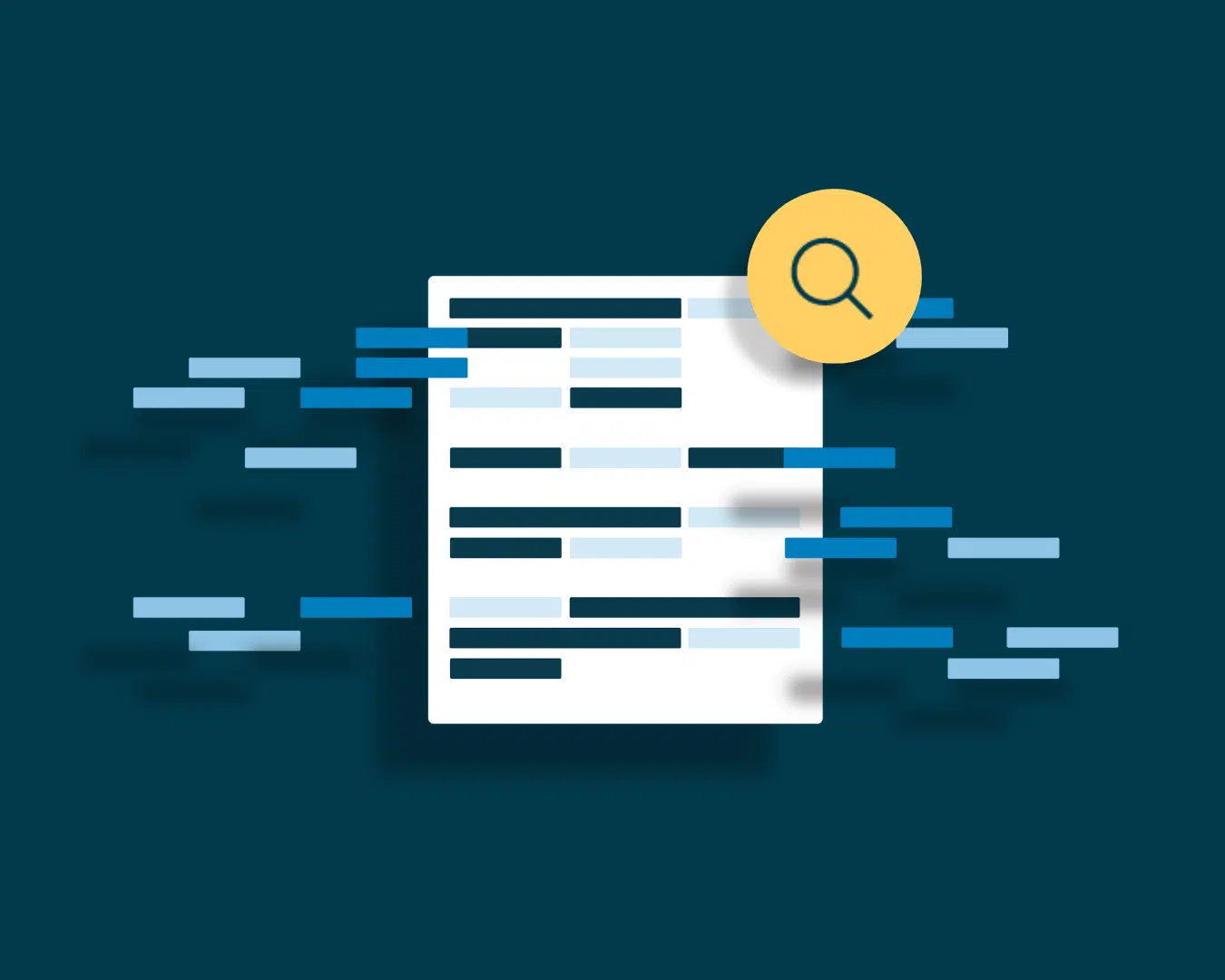
6. Analyze your data
Not all data is good data. For example, if the data you are working with is out of date, you cannot use it to base your sales actions. Make sure that you carefully analyze how often your data is updated, how accurate the data is and how useful it is. This is key in data-driven sales.
If you aren’t already using these today, make sure you look at:
- Conversion rates
- Call rates
- Average deal size
- Win rates
- Sales cycle length
- Response time
In case you manage multiple projects, creating reports that are easily accessible from one dashboard is handy. Many marketing agency reporting tools allow you to create easy-to-follow dashboards featuring the most important KPIs, enabling you to make timely and accurate decisions.
This data will help your team identify what will lead to sales advancement and success. It will also help your sales team increase performance by providing the most relevant content to prospects at the right moment.
However, you still need to reach your buyers by marketing your business online where they are. There are many more digital touchpoints in the buyer’s experience today. The linear customer journey does not exist anymore. A potential customer will interact with your brand up to a dozen times before they actually become a buyer. Despite your efforts in your marketing strategy to push them further down the funnel, they won’t advance until they are ready to advance. So, you have to ensure that every time they come across your brand that each interaction is meaningful and they leave it with a positive impression.
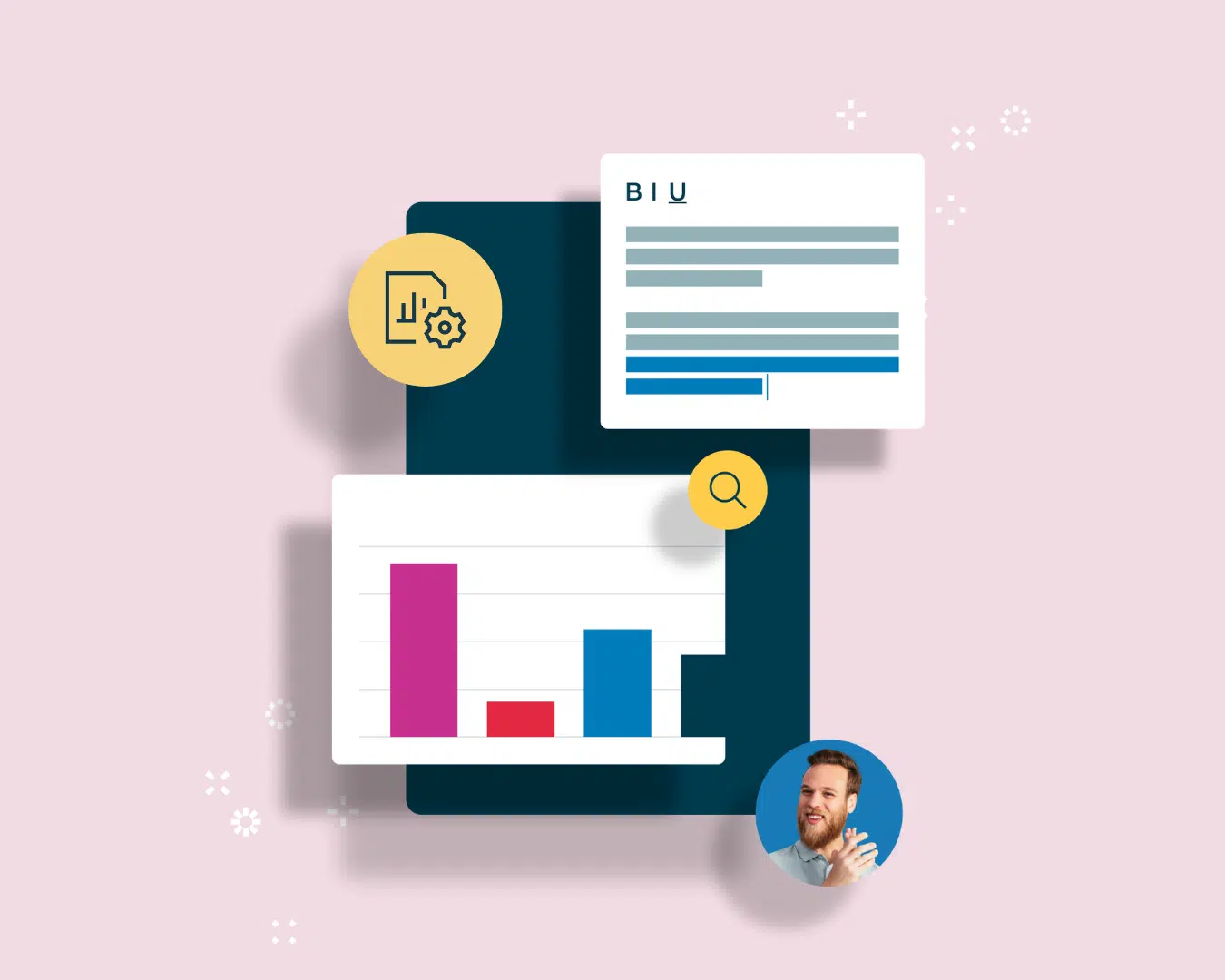
7. Segmentation
Segment your data. Break it down by industry, company size, or any meaningful way to differentiate between customers. Or, you could follow the typical four types of segmentation such as geographical, demographic, psychological, and behavioral. This will allow your sales teams to have a more complete understanding of who they’re targeting. Knowing their wants, their needs, and their pain points can give your sales reps a boost and get more deals closed. Plus, it adds a bit of a human touch when trying to sell. If you can propose your product as the solution to your prospect’s problem, you’ve practically got your foot in the door.
8. Automate your data collection process
Make sure you automate your data collection processes. Inputting data manually is not only mind-numbing, it’s also totally unnecessary. Investing in good technology is essential to be able to gain the greatest benefits from your collected data. When choosing technology to support your data-driven sales approach, it is important to choose your sales tools wisely and make sure that they work with the systems you already have in place today.
Data from the use of digital business cards, email tools and dialing systems can help you identify the best times to connect with prospects. Sales enablement technology will help you sync marketing and sales goals to provide your team with the content they need to boost revenue.
Wouldn’t it be amazing if you could automatically sync all contract data to your CRM system? Well, you can! Oneflow integrates with your systems which means that you can now actually use all of the data in your contracts without having to manually punch in any data. This will not only save your sales team loads of time and headache, but also give them the information they need to make smart sales decisions and increase revenue. Oneflow even provides sales managers with dashboards where they can follow the sales cycle of all deals. It will help them monitor team activity and help boost productivity and profit.
Read also: 13 ways digital contracts increase hit rates and reduce close time
9. Measure your progress
Now that you are using all of this data, it is time to measure your results! Closely monitor your progress and conversion rates and make slight alterations to perfect your process. This data will allow you to see which industries are performing best and duplicate the sales cycle for others.
You may discover that a certain industry has a much higher conversion rate and faster sales cycle than others. You can use this information to add similar industries to your CRM and hit the ground running! It could also point out weaknesses in your sales cycle and show you areas where your team may need extra coaching. In this way, data will even be able to help you be a better sales coach!
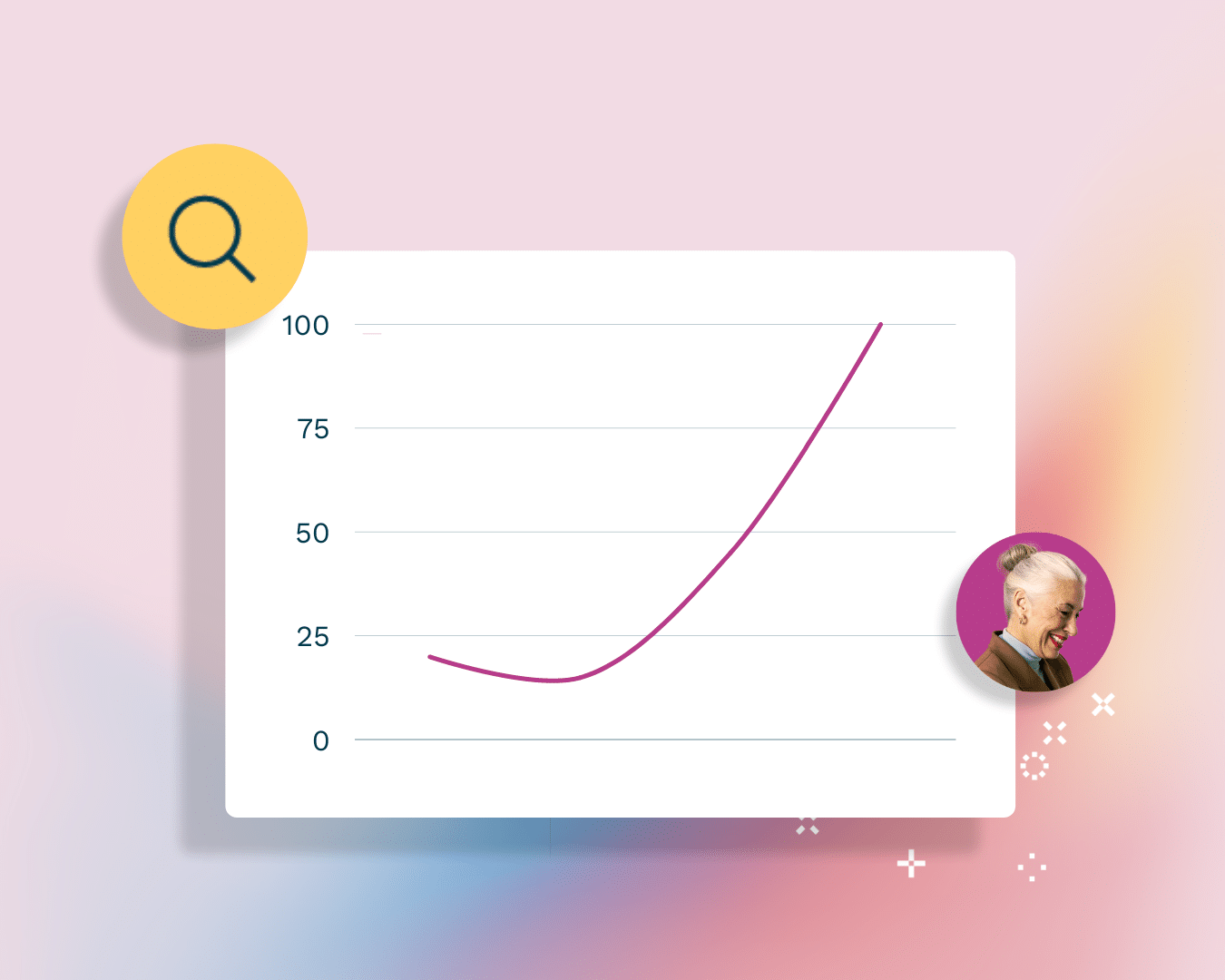
The benefits are clear
Data-driven sales teams outperform across the board. Especially considering that the buying process is 80% more online than it was pre-covid. With the economic environment, we find ourselves in, still trying to navigate our way out of this pandemic, the teams that let data drive their sales process will end up in the winner’s circle. Hopefully, this article provided some tips and insights that will help you implement a data-driven sales strategy. Would you like to hear more about how Oneflow can help your sales team use contract data to increase revenue and save time?
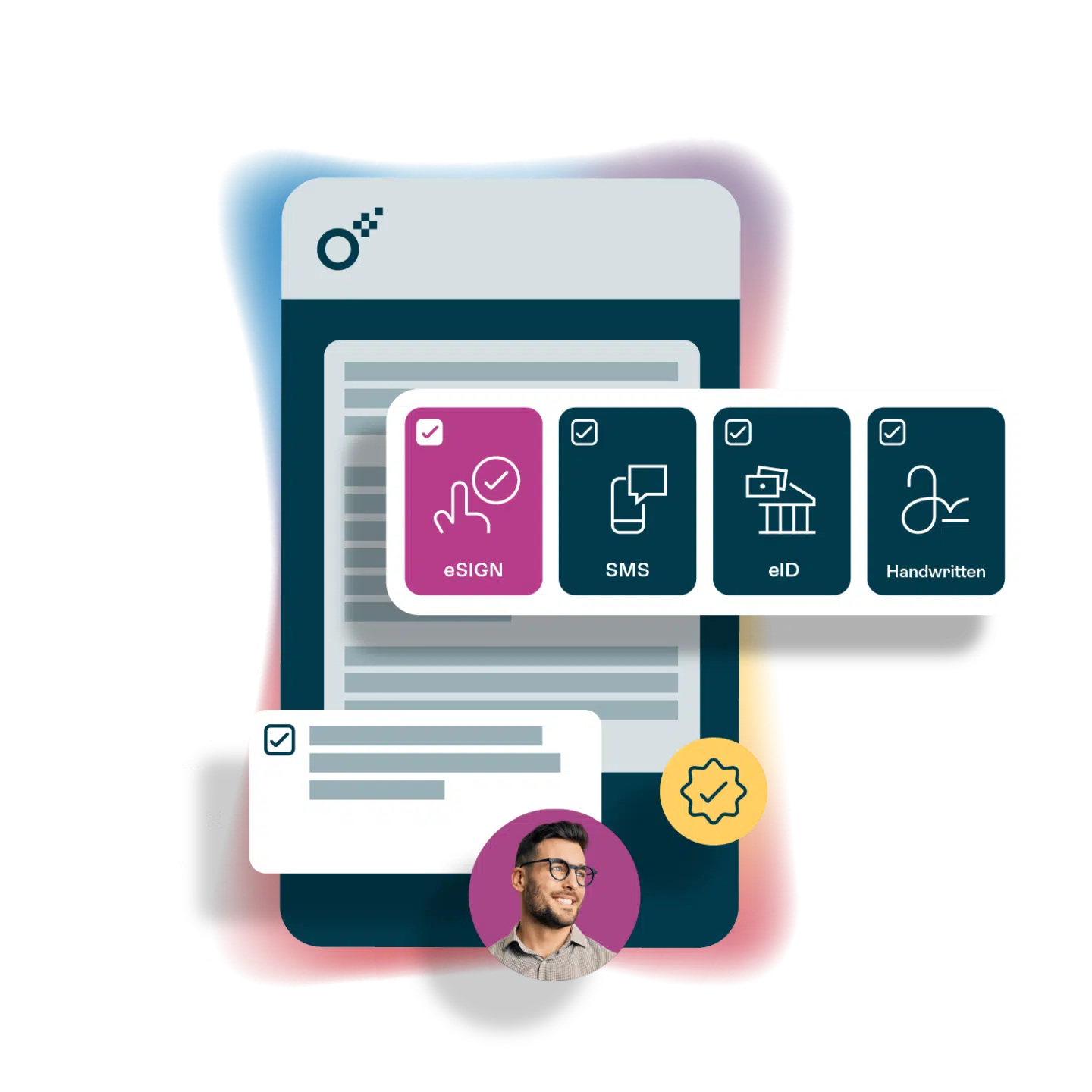

Ask us anything about truly digital contracts
Want to know more about digital contracts or the future of contract handling? We’d love to hear from you.
